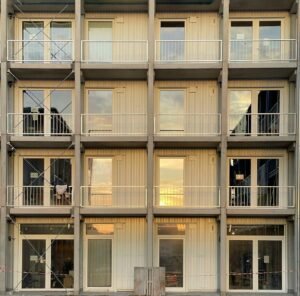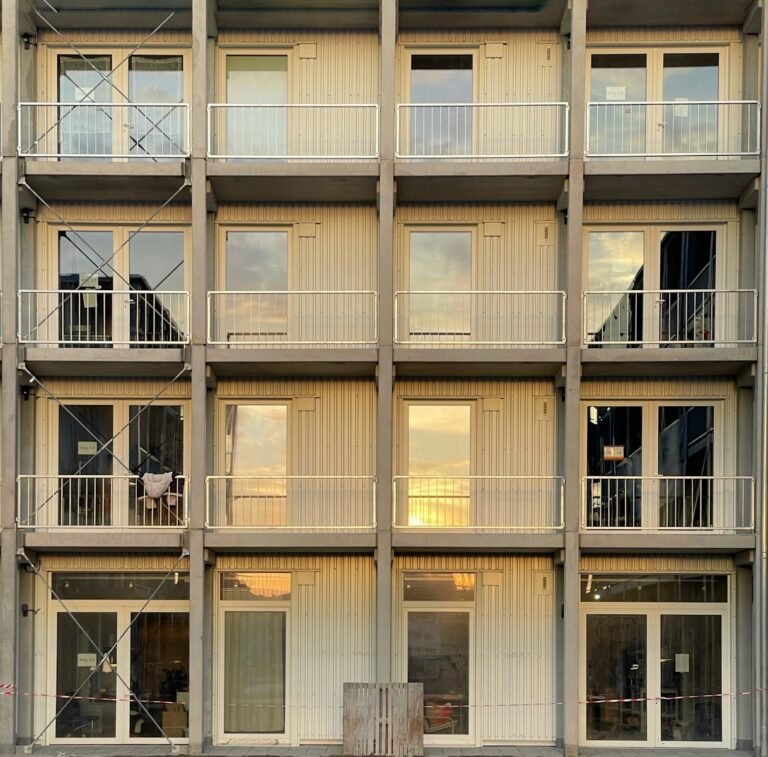Buying your first home is exciting, but figuring out how to pay for it can feel overwhelming. If you’re a first-time buyer in Canada, understanding home financing options and smart mortgage tips can make the process much smoother. This guide will walk you through everything you need to know, from saving for a down payment to choosing the right mortgage, so you can step into homeownership with confidence.
Start With Your Budget: How Much Can You Afford?
Before you start house hunting, it’s important to know what you can realistically afford. In Canada, lenders typically use two rules to determine how much mortgage you can get:
- The 32% Rule: Your monthly housing costs (mortgage, property taxes, heating, and condo fees) should not exceed 32% of your gross monthly income.
- The 40% Rule: Your total debt payments (including housing, car loans, credit cards, etc.) should stay below 40% of your income.
Use online mortgage calculators to estimate your budget. Remember, just because a bank approves you for a certain amount doesn’t mean you should spend that much; leave room for other expenses like repairs, utilities, and savings.
Save for a Down Payment
In Canada, the minimum down payment depends on the home’s purchase price:
- 5% for homes under $500,000
- 10% for the portion between $500,000 and $1 million
- 20% for homes over $1 million
While a 5% down payment is possible, putting down less than 20% means you’ll need mortgage default insurance (from CMHC, Sagen, or Canada Guaranty), which adds 2.8%–4% to your loan.
Tips to Save Faster:
- Automate savings with a TFSA or FHSA (First Home Savings Account).
- Cut unnecessary expenses (like dining out or subscriptions).
- Consider a side hustle for extra income.
Understand Mortgage Types
Not all mortgages are the same. Here are the main types in Canada:
Fixed-Rate Mortgage
- Interest rate stays the same for the entire term (usually 1–5 years).
- Best for buyers who want predictable payments.
Variable-Rate Mortgage
- Rate changes with the Bank of Canada’s prime rate.
- Payments may stay the same, but the interest portion adjusts.
- Riskier but often starts with lower rates.
Open vs. Closed Mortgages
- Open mortgages let you pay off the loan anytime (good if you plan to sell soon).
- Closed mortgages have lower rates but penalties for early repayment.
Get Pre-Approved for a Mortgage
A mortgage pre-approval tells you how much a lender is willing to give you and locks in an interest rate for 90–120 days. This helps you:
- Shop with a clear budget.
- Show sellers you’re a serious buyer.
- Avoid rate hikes while you house hunt.
Documents You’ll Need:
- Proof of income (pay stubs, tax returns).
- Employment verification letter.
- List of debts (credit cards, student loans).
- Down payment proof (bank statements).
Explore First-Time Buyer Programs
Canada offers special programs to help first-time buyers get into the market:
First-Time Home Buyer Incentive (FTHBI)
- The government lends you 5–10% of the home price (no monthly payments).
- You repay the same percentage when you sell or in 25 years.
Home Buyers’ Plan (HBP)
- Let you withdraw up to $35,000 from your RRSP tax-free for a down payment.
- Must repay within 15 years.
First Home Savings Account (FHSA)
- Save up to $40,000 tax-free for a home.
- Contributions are tax-deductible.
Compare Lenders for the Best Deal
Don’t just accept the first mortgage offer you get. Compare:
- Big Banks (RBC, TD, Scotia) – Good for convenience.
- Credit Unions – Often offer lower rates.
- Mortgage Brokers – Can shop multiple lenders for you.
Key Questions to Ask:
- What’s the interest rate?
- Are there prepayment penalties?
- What fees are involved (appraisal, legal, etc.)?
Closing Costs: Don’t Forget These Extra Fees
Many first-time buyers forget about closing costs, which add 1.5–4% of the home price. These include:
- Land transfer tax (varies by province; some first-time buyers get discounts).
- Legal fees ($1,000–$2,500 for a lawyer/notary).
- Home inspection ($400–$800).
- Title insurance ($250–$500).
Protect Your Investment
Once you own a home, consider:
- Home insurance (required by lenders).
- Life/disability insurance (to cover mortgage payments if you can’t work).
- Emergency fund (for unexpected repairs).
Final Thoughts
Financing your first home in Canada doesn’t have to be scary. By following these mortgage tips, saving smartly, and using first-time buyer Canada programs, you can make homeownership a reality.
Ready to take the next step? Get pre-approved, find a trusted real estate agent, and start your home buying journey today!









